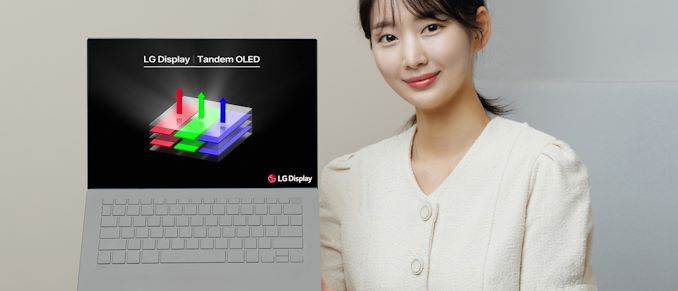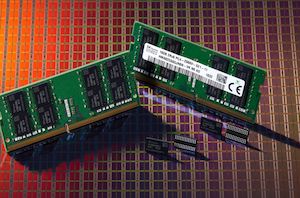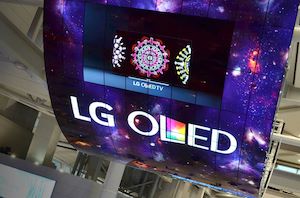LG Display
OLED panels have a number of advantages, including deep blacks, fast response times, and energy efficiency; most of these stemming from the fact that they do not need backlighting. However they also have drawbacks, as well, as trying to drive them to be as bright as a high-tier LCD will quickly wear out the organic material used. Researchers have been spending the past couple of decades developing ways to prolong the lifespans of OLED materials, and recently LG has put together a novel (if brute force) solution: halve the work by doubling the number of pixels. This is the basis of the company's new tandem OLED technology, which has recently gone into mass production. The Tandem OLED technology introduced by LG Display uses two stacks...
LG's New 55+ inch OLED Plant in China Opens: Over 1m+ per Year
LG Display this month started production at its 8.5th Generation OLED manufacturing facility in Guangzhou, China. When fully ramped, total capacity of the factory will be 90,000 substrates per...
81 by Anton Shilov on 8/31/2019Japan’s Ministry Approves Shipments of Industrial Chemicals to South Korea
Amidst the ongoing trade conflict between Japan and South Korea, there is some good news to close the week out. The Japanese Ministry of Economy, Trade and Industry has...
16 by Anton Shilov on 8/9/2019LG Display & SK Hynix Looking to Diversify Industrial Suppliers as Row with Japan Intensifies
South Korean electronics companies reaffirmed this week that production of computer memory and displays could be disrupted because of ongoing trade dispute between the country and Japan. Both SK...
8 by Anton Shilov on 7/26/2019LG to Start Production of OLEDs in China Next Month, Set to Double OLED Output
LG Display this week said that its plant in Guangzhou, China, would start full swing operations next month. The factory, which cost LG around $4.2 billion, will produce large...
37 by Anton Shilov on 7/11/2019











